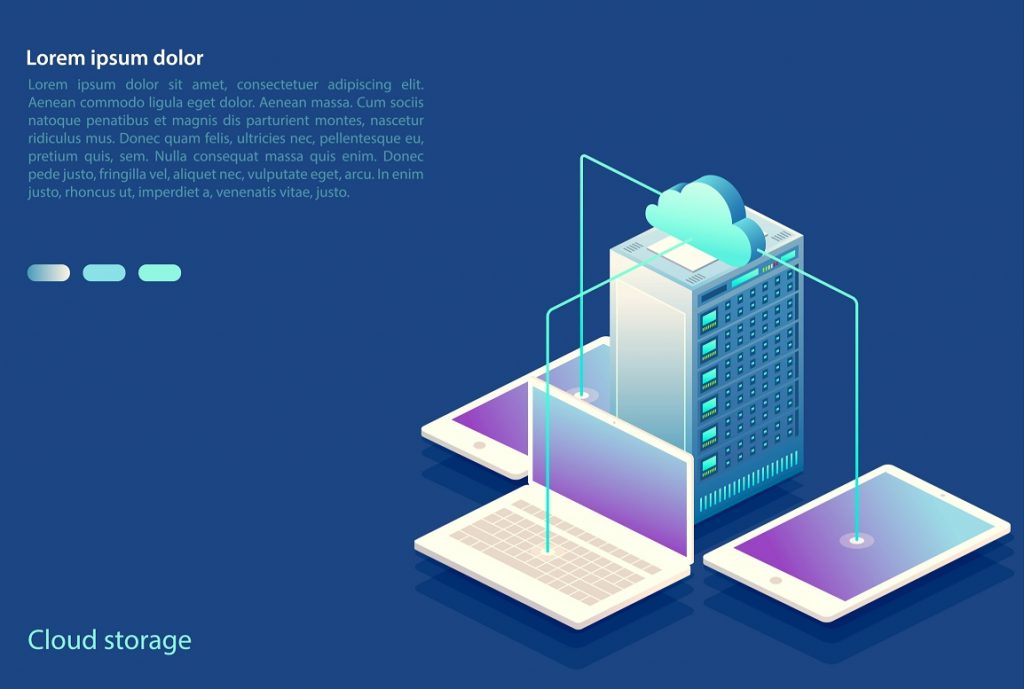How IT Departments Can Apply Big Data to Internal Business Operations

The role of IT is that of an internal solutions provider, using big data to improve network and system operations which would drive the entire organization’s productivity. But to implement big data solutions in IT strays into some unfamiliar territory since those techniques are typically found in the marketing or retail divisions of a business, known for responding to customer needs.
IT departments have been incorporating big data in areas like asset management, to keep track of a large number of databases, all of which are important for storing more applications, cloud sharing software, and physical servers. They can accomplish this despite the shortage of IT staff available to monitor the company’s connected devices.
The Purpose of Big Data Solutions in IT Network Management
The main purpose of IT will always be to know what its end-users actually want before they resort to outside services. On top of that, the IT staff is responsible for maintaining network security systems. IT professionals will have an easier time using analytics tools such as Spark and Hadoop to accurately evaluate the transfer of data across fixed silos.
Big data lets them detect viruses and unidentified access attempts without becoming overwhelmed because it automates the process of narrowing down where the source data is located. They must monitor valuable records stored under company databases to ensure that they aren’t stolen or breached as a result of external threats.
Once businesses rely on more virtualized servers, IT specialists should combine big data and machine learning tools to effectively troubleshoot application errors so their technology stays updated and efficient. It’s no wonder IT departments are bringing innovation through marketing strategies that lead to successful business operations.
An Outline of the Best Practices for IT Analytics
Moving forward, IT experts should comply with the best practices of reporting big data specs: They might as well introduce next-generation analytics, which involves visualizing big data via predictive analytics. It doesn’t always mean replacing old software when it works just fine, but rather integrating a diverse set of tools for each job, one being in-memory computing procedures.
IT departments require adequate skills and training before they’re ready to measure advanced analytics and input the right controls in the IT model. They can also collaborate with analysts to utilize disparate data as a method of enriching data sets besides structural and demographic types.
To begin the process, companies need proof of concept extracted from their previous metrics. Then, they’ll be able to build a center of excellence which focuses on the performance of their infrastructure.
